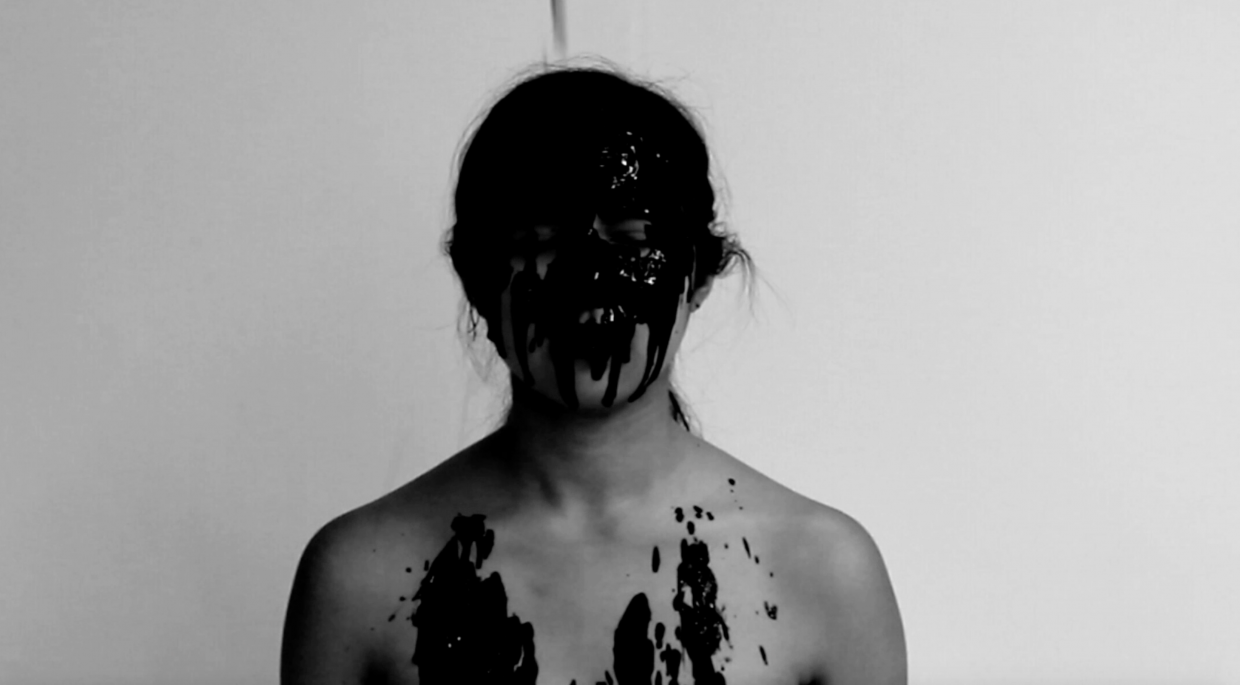POSIBLE-SELVES
Sound Editing
Level: Summer ESL+M/ ESL low-intermediate to intermediate
Language Focus: Sound vocabulary +creative writing + future tense and subjunctive verbs (imagined actions)
Design Focus: Sound experience + sound recording/production+ digital mixing
Time: 6h. 20 min. (5h 55min. activities + 25 min. break/debrief)
Prep time: 4 hours
Lesson Description:
Starting with a warm-up exercise, the teacher introduces the qualities of sound, found sound, environmental sounds, and human perception. Students explore the idea of future selves—of imagined self and social identities—as a central concept for creative writing and to practice future tenses and subjunctive verbs. Outsourcing sounds—in combination with field recordings and foley sound production—students learn technical skills to capture quality sounds, e.g. field recorders, microphones, editing software. The teacher introduces technical sound vocabulary to guide students in self-assessing the quality of their collected sounds and to broaden their understanding of sound as it manifests in different spaces. Students produce their final project using a time-based sound editing software.
sound
sound/noun
vibrations that travel through the air or another medium and can be heard when they reach a person’s or animal’s ear.
“Light travels faster than sound”
Soundscape
“…a soundscape is defined as a space in which melodies, tunes, and riffs are received and interpreted by audiences, and in which the location of the listener shapes the interpretation of these sounds. The listener imbues the soundscape with individual meaning and relevance.”
Heiner Stahl, Berlin – Divided City, 1945-1989
Lorelei Goude, Fall 2014 Alex Joseph, Under the Shadow (trailer) sound design.
Alex Joseph, Under the Shadow (trailer) sound design.
The Foley Diaries WordPress blog
FOR TEACHER:
Readings:
– “Crafting Soundscapes with Mobile Technology: There are Apps for That.” Jay Loomis
– Creative Writing Prompts, TEDed Blog
– “Illusions for stereo headphones.” Diana Deutsch
– “Possible Selves” Hazel Markus and Paula Nurius
– “Resonant Texts” Shannon Mattern, Sense and Society
– “Soundscapes: toward a sounded anthropology.” David Samuels et.al.
Technical support:
– Microphones: Design and Application (Chapter 4: pages 111-124 and pages 171-179)
– Microphones: Design and Application (Chapter 4: pages 111-124 and pages 171-179)
Visual Aids:
- The McGurk Effect! – Horizon: Is Seeing Believing?
- Everything is a ReMix, Part 1: The Song Remains the Same
- Hearing Urban Infrastructures” Shannon Mattern, Sense and Society
TEDtalk:
Resources:
FOR STUDENTS:
Readings:
- Zack Moir, “Found Sounds: Music from The Mundane”
- “Sound and The Mind” with Alex Joseph, by John Roach
Handouts:
- Describing Sound, vocabulary highlighted
- Fun Creative Writing Exercise
- Audition tutorials
- Audition Cheat Sheet
- TNS Sound equipment/microphones
Worksheets:
Resources:
– Opensource Fresound.org (create an account/sign-in)


